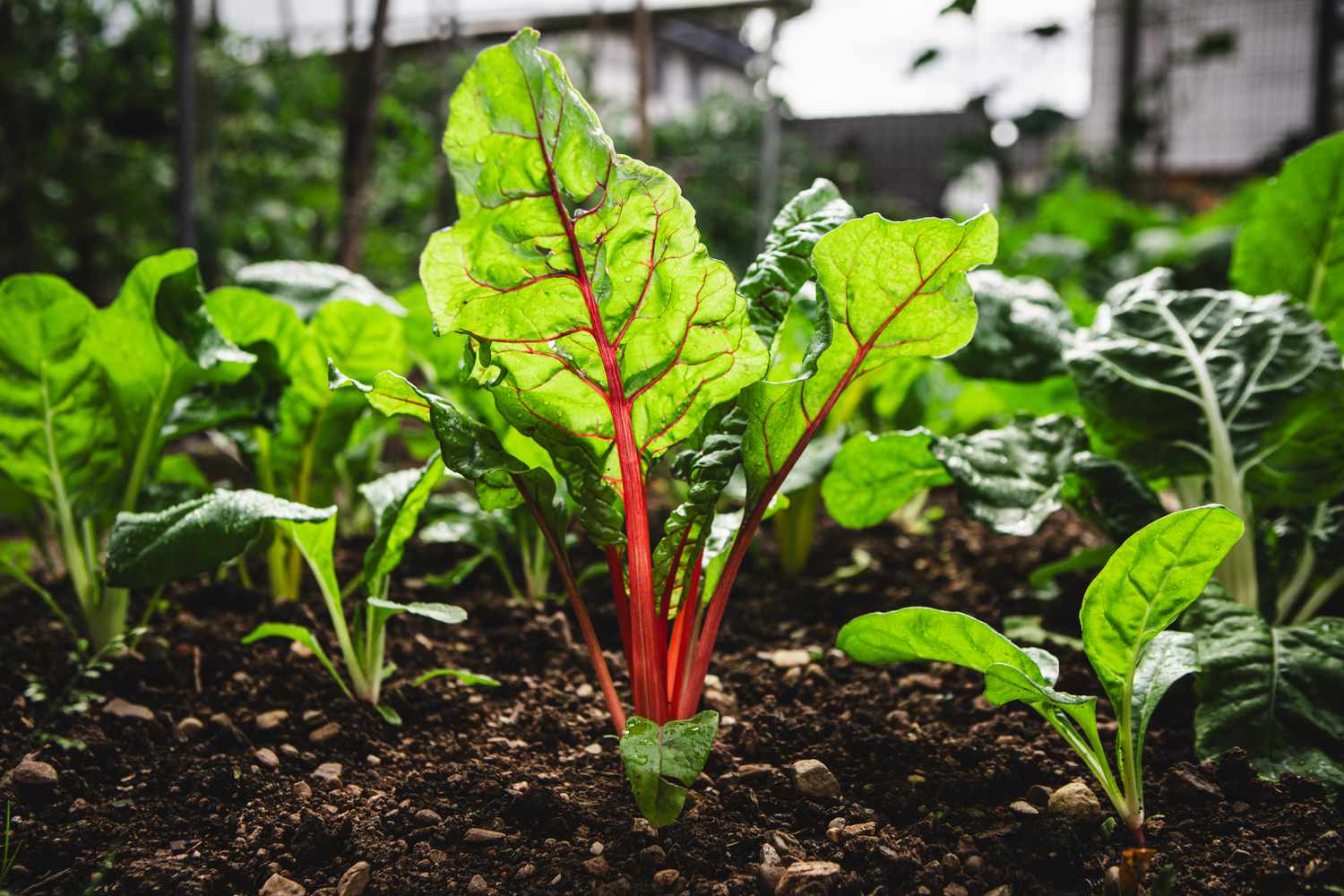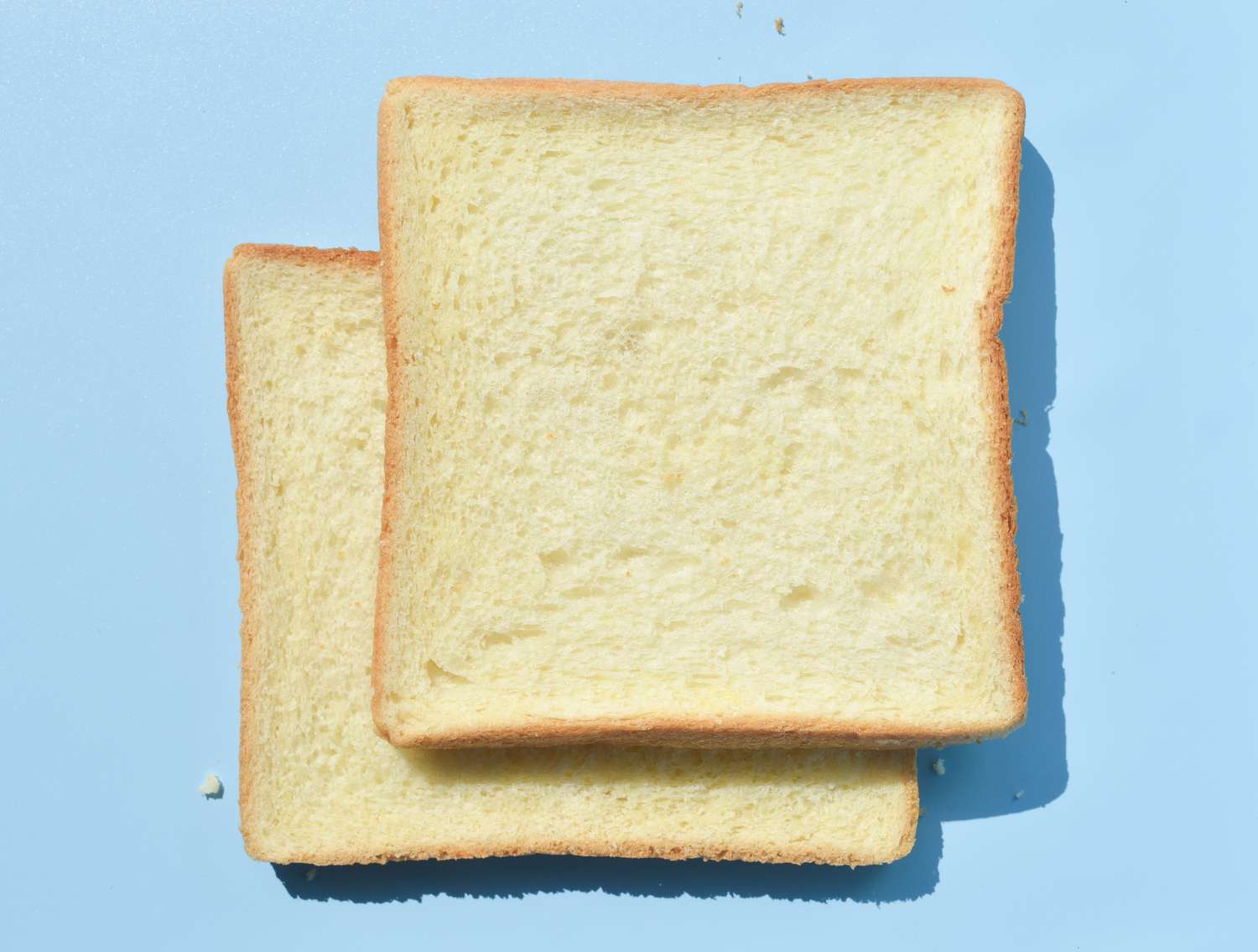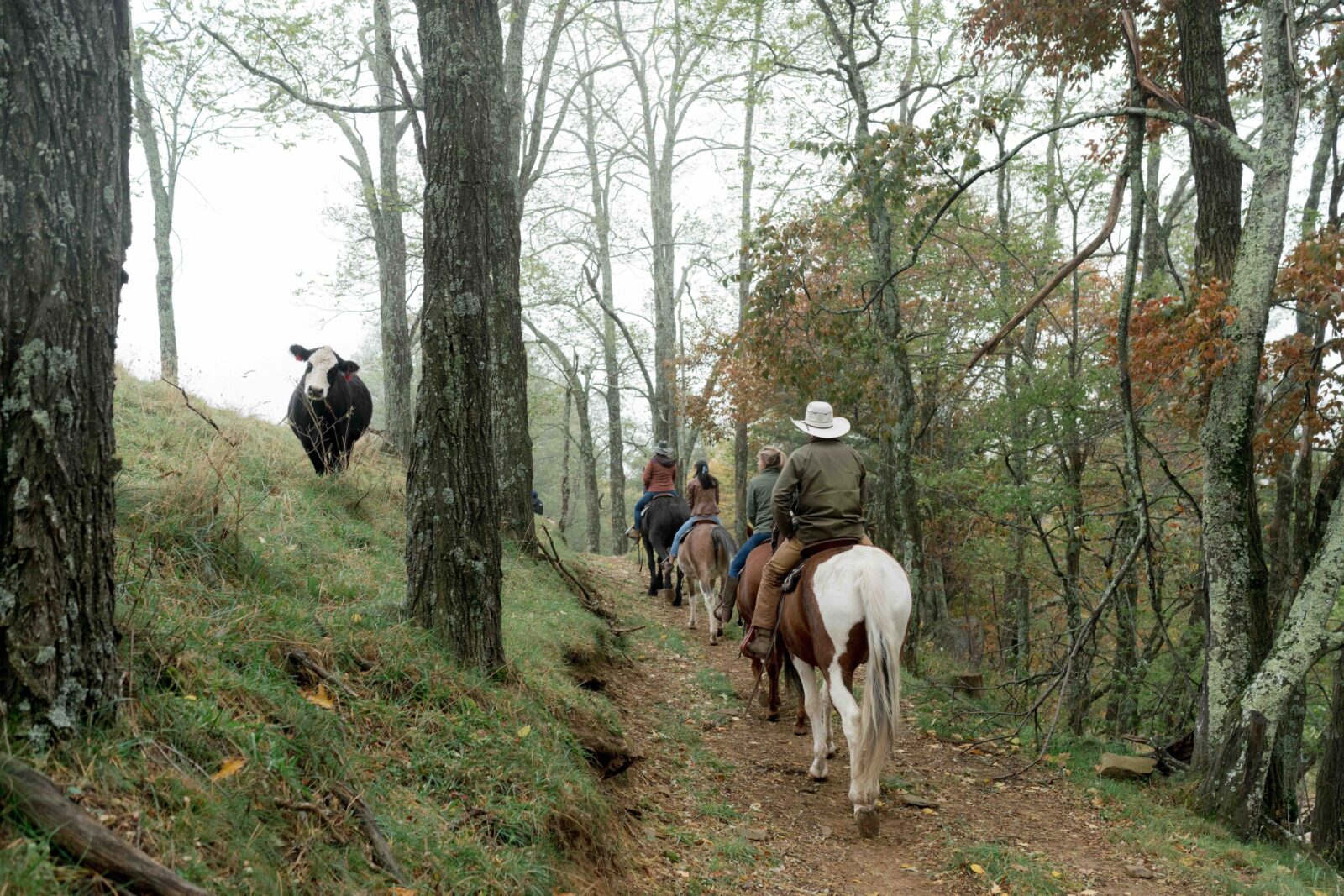
A Guide to Planting Milkweed
“When you plant milkweed and a monarch comes and lays an egg on it, you know for sure that this amazing thing happened because of what you did,” says Kim Bailey of Milkweed Meadows Farm in Asheville. She knows the feeling well. For the last decade, Bailey has grown (and sold) all sorts of native milkweed on her hundred-acre farm in support of the monarch’s awe-inspiring annual migration—2,500 miles logged by an insect that weighs less than a paper clip.
Twice a year, the butterflies pass through the United States. After wintering in Central Mexico’s oyamel fir forests, they begin their journey North, which is completed over three or four generations like a relay race. Once they arrive, they produce a super generation that will fly all the way back to Mexico in the fall. Now, as they enter their spring migration, it’s our job to give the monarchs what they need to reproduce and complete the journey: milkweed.
This herbaceous perennial plant, known for its milky sap, provides nectar-bearing flowers for adult butterflies and serves as the host plant for their eggs. It also imparts an important defense mechanism to the insects. Milkweed contains toxic steroids, called cardenolides, that monarch caterpillars store in their bodies, making them bitter-tasting and toxic to would-be predators. They advertise as much with their beautiful orange wing color—a flashing don’t-eat-me warning.
Despite that evolutionary advantage, monarchs today are extremely vulnerable. Numbers for the eastern population have dropped by over 80 percent since the 1990s due to pesticide use, logging across their wintering grounds, and general habitat loss—a decline that earned them an endangered designation from the International Union for Conservation of Nature (IUCN).
However, numbers are up this year, and there’s another big bright spot: The average person can very concretely lend a hand to the species.
“For a lot of pollinators, it’s not as easy for the public to directly help,” says entomologist Jaret Daniels, curator of the McGuire Center for Lepidoptera and Biodiversity at the Florida Museum of Natural History in Gainesville. “But with the monarch, the average person can really do a lot to move the needle.” That means planting milkweed, of course, but not just any milkweed will do—it needs to be native to the region in which it’s being planted. (Many nurseries sell tropical milkweed, which can flower at the wrong time, throwing off the insects’ carefully timed reproduction.)
Below, get tips for growing native milkweed, either from seeds or plugs, and find out which varieties are native to your state.
Growing Milkweed from Seed
“People can be intimidated by growing milkweed from the seeds because most of the native species need what’s known as cold, moist stratification,” Bailey says. “That just means the seeds need to experience winter as they would in nature, but that can be a fake winter in your fridge.” The mistake people often make, though, is sticking the seeds in the refrigerator with no moisture. “Put them in a zip-top baggy with either a damp—not wet—paper towel or some kind of moist media like sand or vermiculite—anything that’s going to hold moisture next to the seed,” Bailey says. “Then seal it up and leave them for at least four weeks, but six or eight will get you even better results.”
As for when to do it, find out when your area’s average last frost date is, and count backwards six to eight weeks. Once the stratification process is complete, you can start your seeds inside as you would a tomato plant, or if you want to plant the seeds directly in the ground, just make sure you wait until after the average first frost date, and then prepare the area by putting down cardboard with mulch on top to smother everything else that might compete with them.
Bonus tip: Bailey has found that a specific variety of milkweed known as butterfly milkweed (Asclepias tuberosa), which grows all over the Southeast, will grow without cold, moist stratification. “You could actually go buy the tuberosa seeds and start your seeds inside right now,” she says.
Planting Plugs
Another, perhaps easier method is to visit a reputable nursery that carries native plants and buy milkweed plugs. “They’re still just babies,” Bailey says, “so when you plant a transplant outdoors, you need to make sure it’s not going to get frozen to death.” Again, you’ll want to wait till after the average first frost date, just as with a tomato plant.
Also, Bailey says, don’t plant them too close to other plants that are already established—a general rule of thumb would be to allow one square foot per plant, with nothing else growing in that square. “Give it some mulch, too, to do all the good things mulch does,” Bailey says.
How many to plant? Of course, the more the better, but even just one is great. “Most monarchs will only lay one egg per plant,” Bailey says, “because the caterpillars are so voracious.” Her other general tip for planting pollinator gardens is to think about how to both attract pollinators and keep them around—she always sets up her booth at the farmer’s market with two tables, one with host plants, and one with adult nectar plants. “If you plant a nectar plant, the pollinators will come, but then they’ll take a sip of your nectar and fly on to the next garden, like bar hopping,” she says. “If you want them to not just come to your garden, but stay in your garden, you need to feed their babies by planting the host plants.”
A State-by-State Guide to Native Milkweeds
Bailey herself grows and sells three types of milkweed that are found all over the Southeast. First is butterfly milkweed, which grows great in average soil and is super drought-tolerant. Then there’s swamp milkweed. “That’s a little bit of a misnomer,” she says. “People think they have to have a wet, soggy, boggy area to grow it, but it’ll actually grow just fine in average garden soil. But if you have a wet area, it’s very tolerant of that, where other plants would rot.” Finally, there’s common milkweed. “This is the one that gives milkweed a weedy reputation because it spreads,” she says. “I like to call it an exuberant spreader.” It might not be the best bet for someone with a very small garden, but it’s a great fit for a larger meadow where it’s free to roam. Below, find other varieties that grow in your state.
Texas and Oklahoma
Ask for green comet, broadleaf, or antelope horns milkweed.
Florida
The Sunshine State has its own set of milkweeds, including tuba, aquatic, fewflower, and pinewoods.
Read more here.
Arkansas, Louisiana, and Mississippi
Go for the bright orange flowers of butterfly milkweed, the white ones of redring, or the verdant whorled and green comet milkweed.
Read more here.
Alabama, Kentucky, Tennessee, Georgia, and the Carolinas
Similarly, you’ll want clasping, redring, whorled, butterfly, or green comet milkweed. For coastal areas, white swamp milkweed is a good bet.
Read more here.
Virginia, West Virginia, and Maryland
Look for common milkweed, swamp milkweed, or butterfly milkweed.
Read more here.
For a milkweed identification guide, check out Project Monarch Health. Beyond milkweed, you can support the butterflies through citizen science projects and watch the migration in real time through Journey North. Monarch Joint Venture is another great resource for learning about the butterflies, conservation efforts, and how to get involved.










